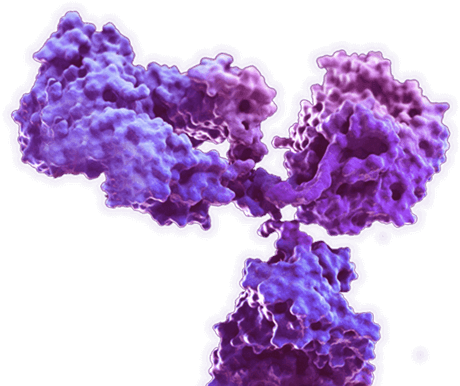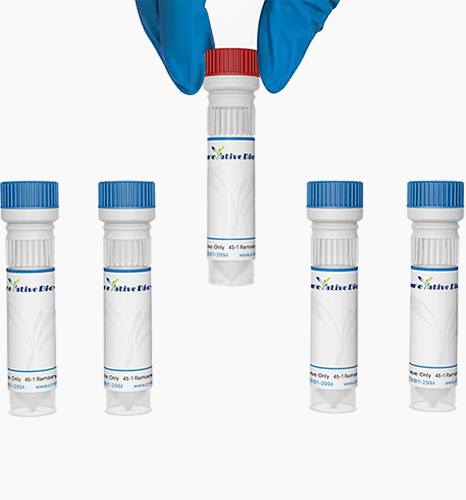TG1 electro competent cells (MOFY-0822-FY468)
Cat: MOFY-0822-FY468
Certificate of Analysis Lookup
To download a Certificate of Analysis, please enter a lot number in the search box below. Note: Certificate of Analysis not available for kit components.
Lot Number
To download a Certificate of Analysis, please enter a lot number in the search box below. Note: Certificate of Analysis not available for kit components.
Lot Number
| Size: | |
| Inquiry |
- Specifications
- Properties
Specifications
| Description | TG1 electroporation of competitive cells can only be used for electroshock transformation, not for heat shock transformation. TG1 is derived from E. coli K-12 strain, which is currently the fastest growing E. coli strain for cloning. Cloning can be seen on the plate at 37°C for 7 hours. The main phage display strains can also be used for the construction of common plasmids. The existence of lacIqZΔM15 makes it suitable for experiments such as blue-white spot screening; however, it does not contain nuclease endA1 mutation, and the nuclease content in the body is relatively high. It is recommended to use when extracting plasmids Plasmid extraction kit to remove protein solution to remove a large number of nucleases in bacteria. |
| Gene Types | [F´ traD36 proAB lacIqZΔM15] supE thi-1 Δ (lac-proAB) Δ (mcrB-hsdSM)5 (rK-mK-) |
| Size | 50 µL/vial |
| QC result | Transformation efficiency of pUC19 plasmid detection:> 0.5×1010 cfu/μg DNA |
| Note | 1. When adding DNA, the volume should not be greater than 1/10 of the competent volume. 2. When adding competitive cells into the electric shock cup, avoid generating air bubbles, which will increase the risk of arc discharge. 3. When the DNA is impure or contaminated with salt, ethanol, protein and buffer, the transformation efficiency drops sharply. 4. The ions in the shock cup can increase the conductance of the solution, increasing the risk of electric current and arcing in solutions containing cells and DNA. 5. If you want to transform large plasmids or want to obtain higher transformation efficiency, it is recommended to use a high-purity plasmid extraction kit to extract the plasmids. Double the size of the plasmid, and the transformation efficiency drops by an order of magnitude. 6. For the transformation of ligation products, try to ethanol-precipitate the DNA before transformation and resuspend the product with an appropriate amount of TE buffer (10 mM Tris HCl, pH7.5; 1 mM EDTA) to ensure that the DNA concentration does not exceed 100 ng/μl. Too high a concentration of ligation product or too large a volume of ligation product will reduce conversion efficiency and increase the risk of arcing. 7. Gently operate when mixing plasmids, avoid excessive force when sucking competitive cells, so as not to damage the cell membrane due to excessive shearing force and reduce the transformation efficiency. Transforming high concentrations of plasmids or ligation products can correspondingly reduce the amount of bacteria that are ultimately used for plating. 8. Electroporation of competitive cells should be kept below -80°C as much as possible. Over-storage at temperatures above -80°C will cause the transformation efficiency to decrease. |
Properties
| Shipping | Dry ice |
| Storage | Store at -80 °C |
| Handling Advice | Immediately upon receipt, cells were transferred from dry ice to -80°C refrigerator. |
For Research Use Only | Not For Clinical Use.
Online Inquiry


